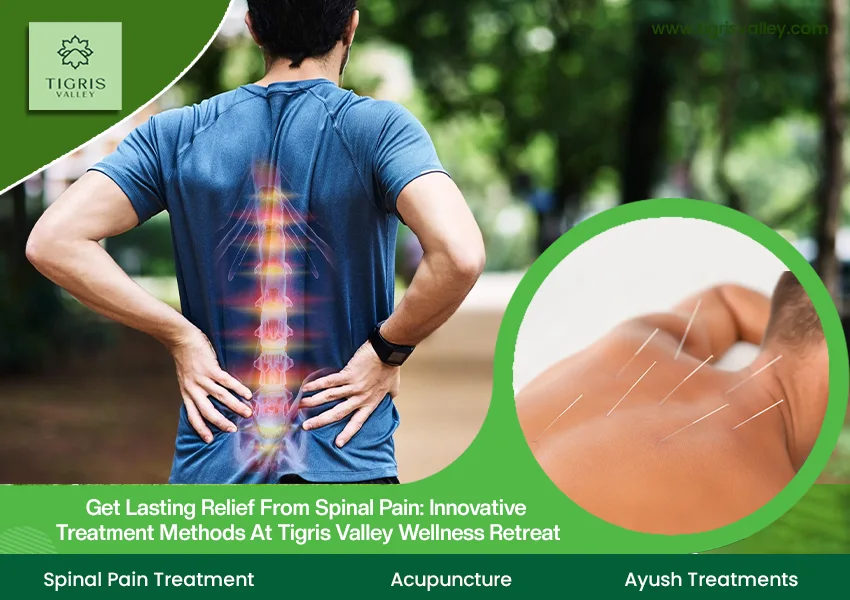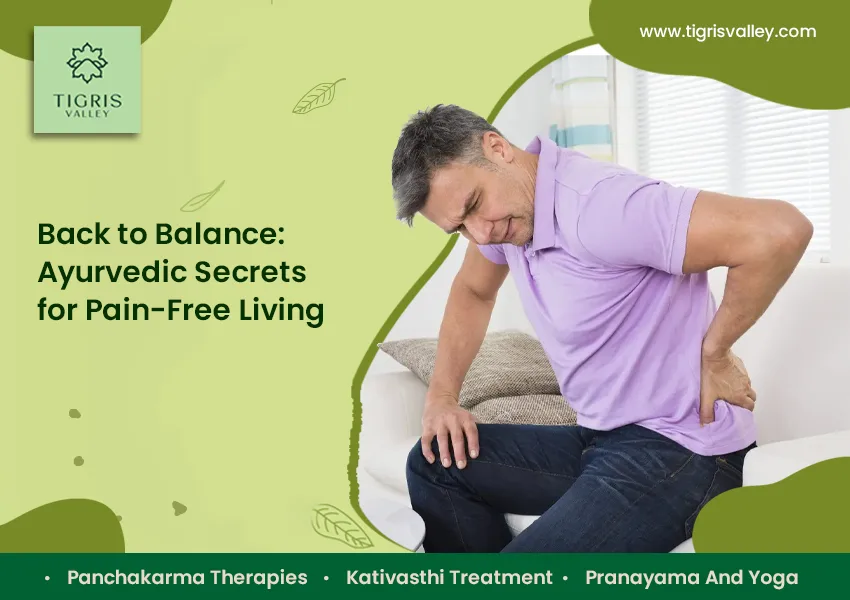
Get Lasting Relief from Spinal Pain: Innovative Treatment Methods at Tigris Valley Wellness Retreat
Get Lasting Relief from Spinal Pain: Innovative Treatment Methods at Tigris Valley Wellness Retreat Are you among the countless people facing the challenge of spinal pain? Spinal pain is a…













